|
"I found that my students were highly engaged in projects that made good use of cross-curricular connections." When I first started my teaching career, I was tasked with writing a brand new curriculum. I decided a logical plan was to create projects inspired by art history. I designed 6th grade units chronologically from the Ice Age, Egypt, Greece and Rome. This worked out particularly well as students were learning about ancient civilizations in their Social Studies class. For years, these projects were very successful and engaging. Students could make connections and demonstrate their understanding through art. I had students create wearable art and stage altered photography scenes inspired by Egyptian frontalism. Students created paper columns and vases with characters from Greek mythology. I found that my students were highly engaged in projects that made good use of cross-curricular connections. I changed schools and moved locations a couple of times since then. Last year, I was back at square one in a new school that needed an art curriculum. I looked back to those first years to revive my ancient civilizations curriculum for 6th grade. Only this time, I wasn't seeing the same engagement. For one, students weren't coming to my class with any background knowledge from Social Studies. My schedule is also very different now. I see my middle school students every day all year round. Projects are completed more quickly, and students' attention span seems shorter. Something Borrowed, Something New "Students gain knowledge about different cultures and artists while creating something entirely new and unique to life today." The first year in a new school is never perfect. That's what I tell myself anyway. Last year was a hodgepodge of old lessons from teaching at the elementary, middle, and high school level. I simplified some of the studio projects I taught for high school to design my 8th grade curriculum. I borrowed heavily from my recent junior high teaching experience to create curriculum for middle school. I really thought my Ancient Civilizations curriculum for 6th grade would be a hit. Each unit was well-received at the start. Students are naturally drawn to learn about the Egyptians and Romans. These civilizations are written into popular culture, video games, and movies. My students did have some understanding of this history, but lacked the engagement I was used to. I wasn't seeing the results I was looking for, and class did not feel as exciting for me or my students. I decided to make some changes. This year, I follow each ancient unit with a contemporary one from the same region, or similar style. For example, we followed cave art with graffiti. Students first learned about Ancient Egyptian art before learning about contemporary artists like Fathi Hassan or Hossam Dirar. I'm halfway through this school year, and I already feel like its a big improvement. The curriculum isn't stuck, but rather visits ancient history to compare with art of today. Students get a chance to see how the contemporary references the past. One of my favorite adinkra symbols is the Sankofa from the Akan tribe of Ghana. The symbol features a mythical bird flying ahead while looking back over its shoulder. The word, sankofa, loosely translates to "go back and get it." The concept is to retain or remember knowledge from one's past while still moving forward. I keep this phrase in mind as I design new lessons for my 6th grade curriculum. Each unit encourages students to learn from the past as they create their own unique artwork in the present. Students gain knowledge about different cultures and artists while creating something entirely new and unique to life today. Honoring Maya Culture Today "Much like the sankofa bird, students look over their shoulder at Cumez for inspiration. They fly forward with their own ideas to create works of personal expression." Students love learning about the Aztec and the Maya. I have students create their own radial designs inspired by the Aztec sunstone and then they use metal tooling foil to create personal glyphs inspired by the Maya.
When I started researching contemporary examples to follow our Ancient Aztec/Maya unit, my goal was to find artists who not only lived in the region, but also honored the past. Paula Nicho Cúmez is one such artist. She began as a weaver, and then became part of a collective of women painters. She traveled to Oaxaca, Mexico, where she met artists in the surrealist tradition. Cúmez draws upon her dreams for inspiration. She always paints themes that represented the point of view of a woman and a Maya. Her paintings include elements that symbolize important parts of the Maya culture and cosmovision. One Cúmez painting that caught my attention was "Crusando Fronteras (Crossing Borders)." I introduce the unit with a picture of the painting projected in front of the class. I ask students to write a reflection about what they see. They can choose to write a description, an interpretation, and/or give their opinion. This requires students to look more closely at the artwork before beginning a new project. Students identify themes of leaving and escape, as well as lightness and freedom. I ask students to imagine a place that they would like to fly to. The first step of the project is to create a landscape painting in watercolor. As students begin sketching first, I encourage them to leave a large area of sky so they have plenty of room to fly. They are going to create a mixed-media flying portraits! On the next day, students are either finishing their painting, or they begin work on the figure. Students are to create a full body self-portrait to have flying in the sky. They have to think about body position and clothing choices. I printed a few options for wings on cardstock. Students may cut and glue these to their self-portrait, or design their own. Once completed, the winged-figure is collaged on top of the landscape painting. When students are finished with the mixed-media artwork, I ask them to write a story to accompany it. They can write a work of fiction or describe the place they wish to fly away to. The project concludes with a mixed-media self-portrait that references Cúmez's painting, but is unique to each student. Much like the sankofa bird, students look over their shoulder at Cúmez for inspiration. They fly forward with their own ideas to create works of personal expression. I love how this project turned out and I can't wait to see how the lesson evolves over time!
0 Comments
Your comment will be posted after it is approved.
Leave a Reply. |
Mr. DeWilde's Blog
Archives
June 2024
|
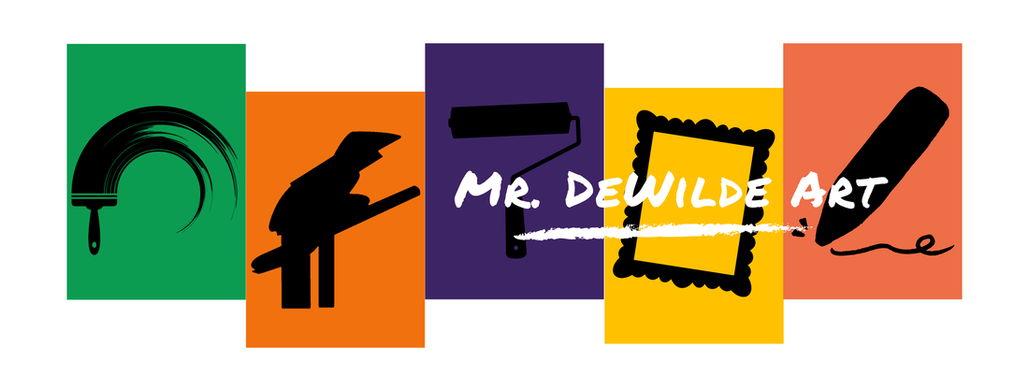
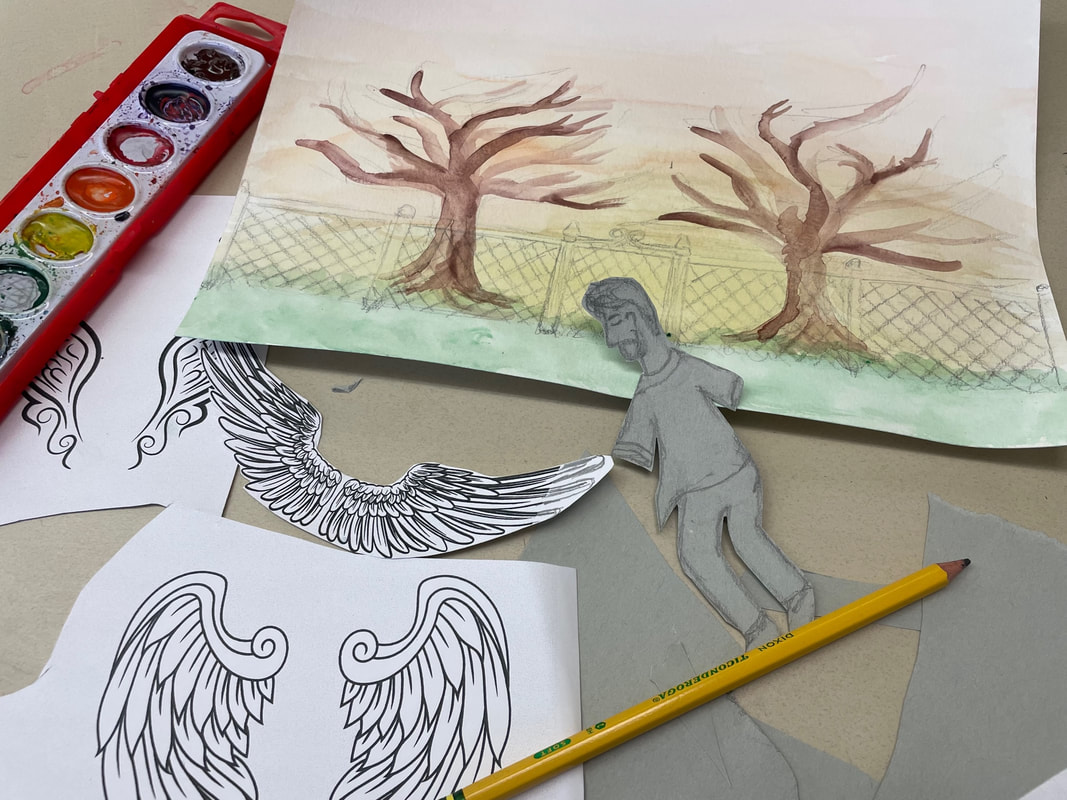
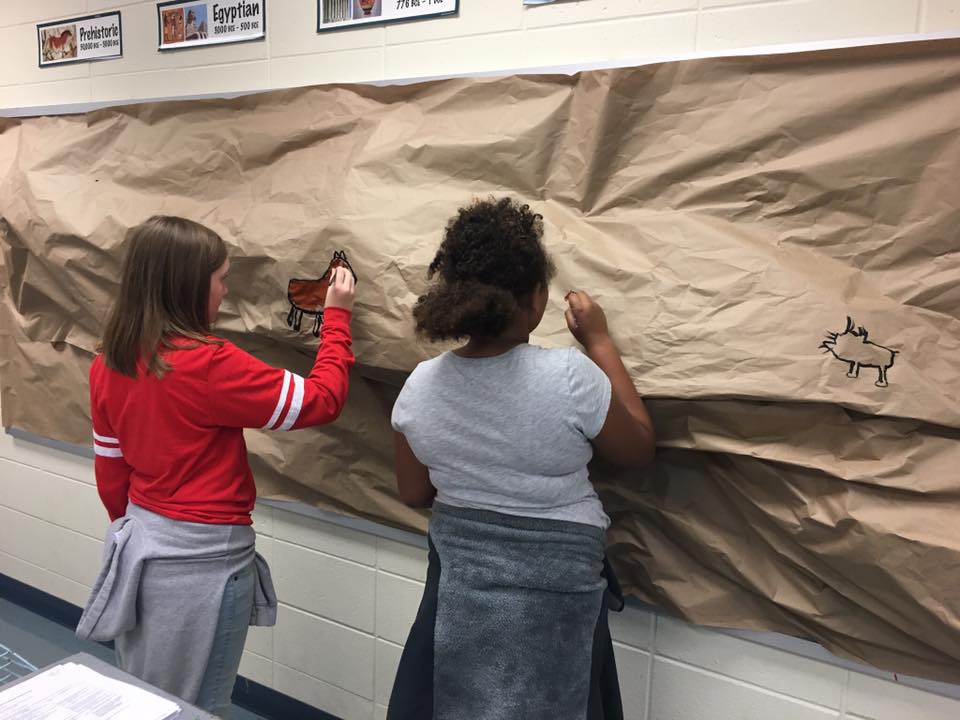
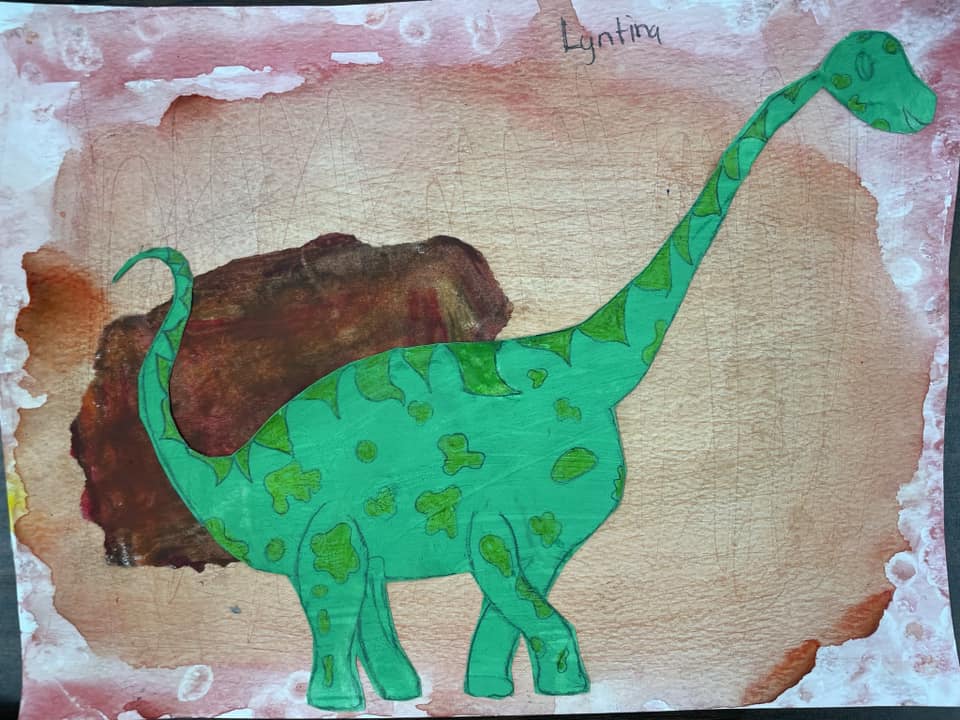
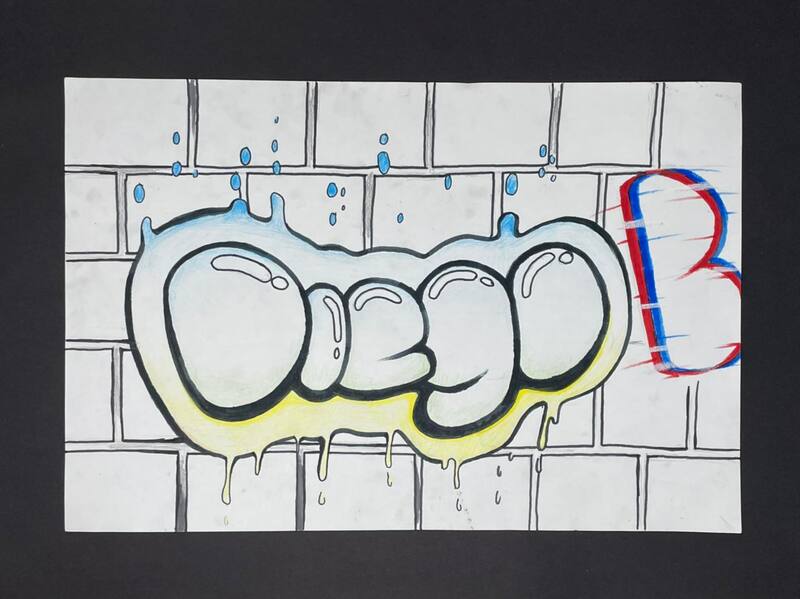
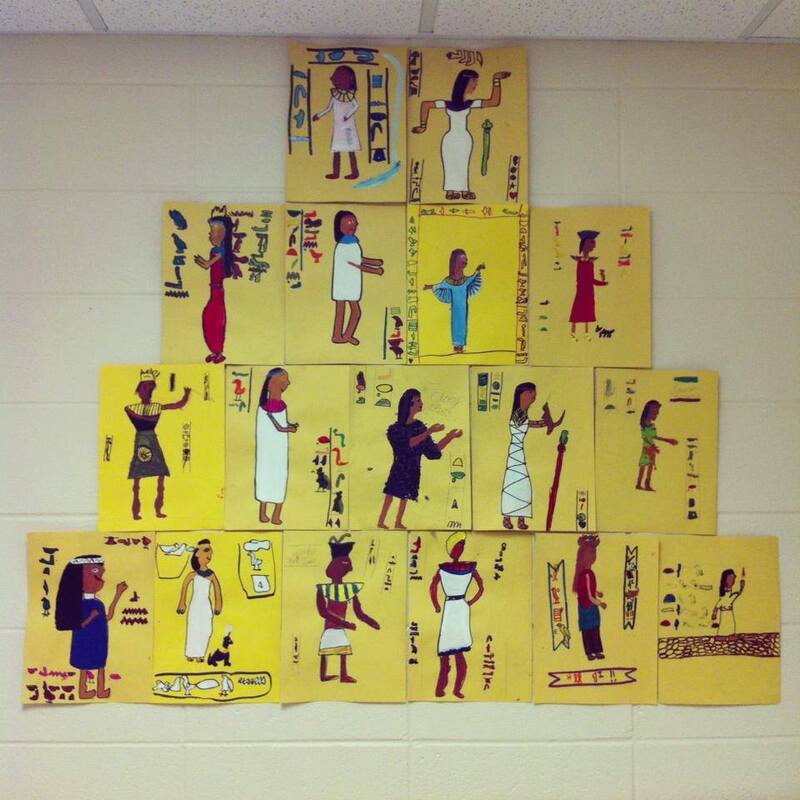
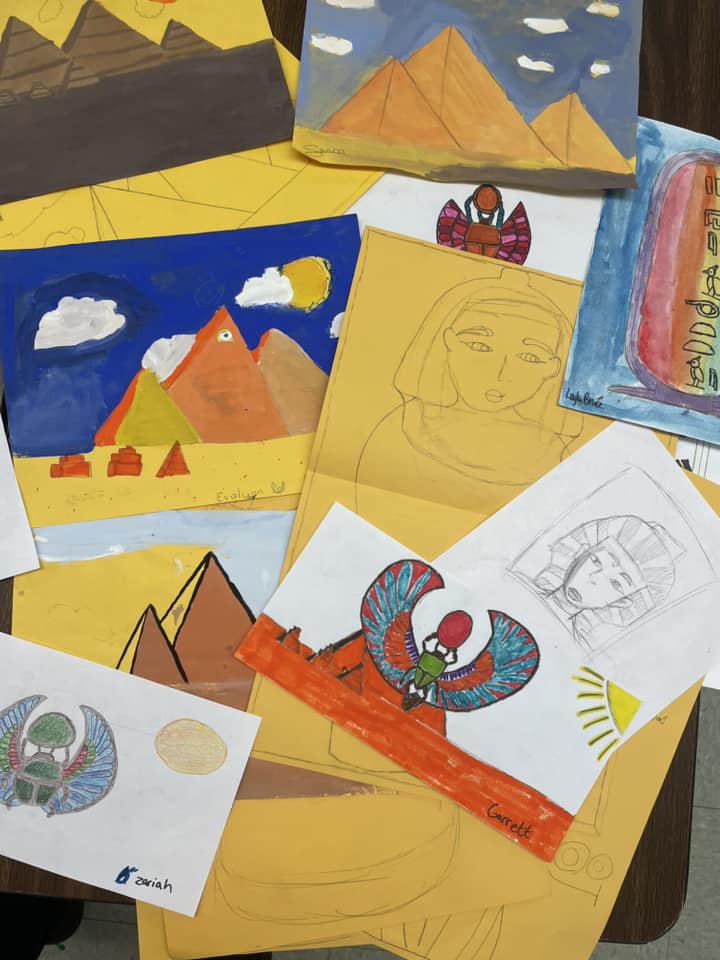
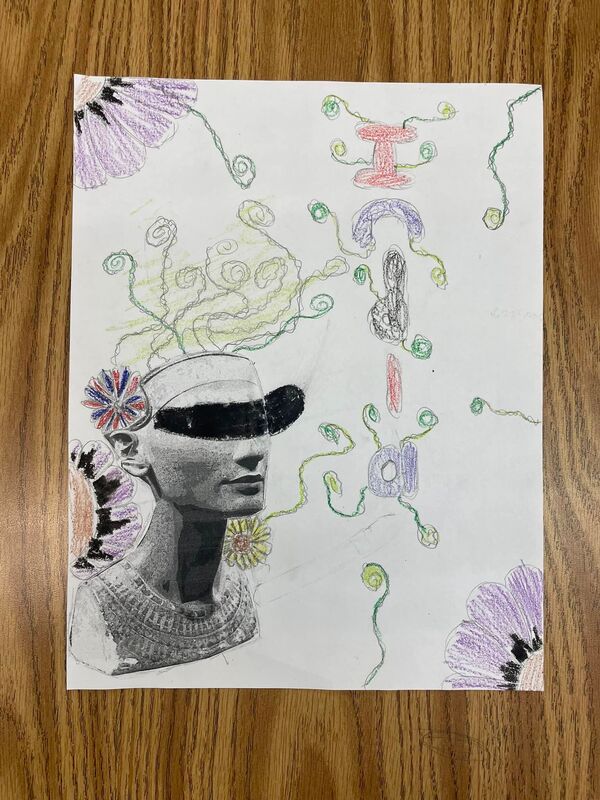
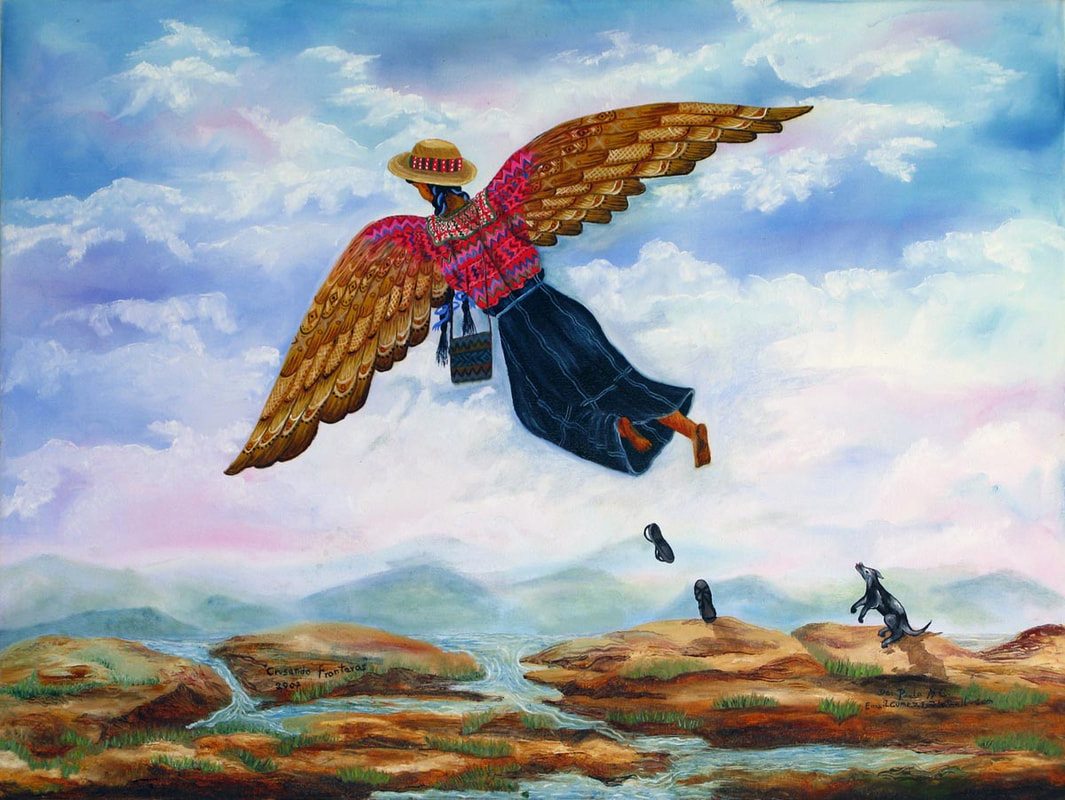
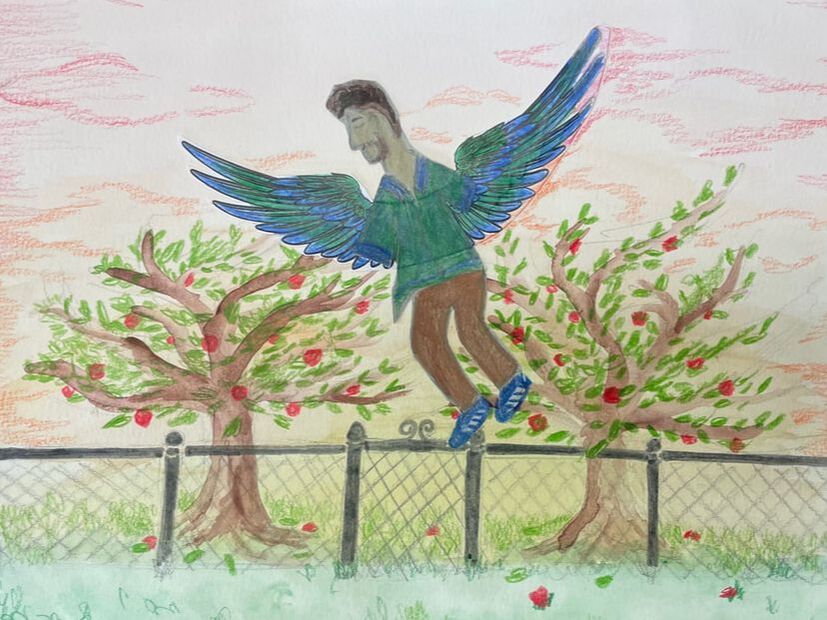
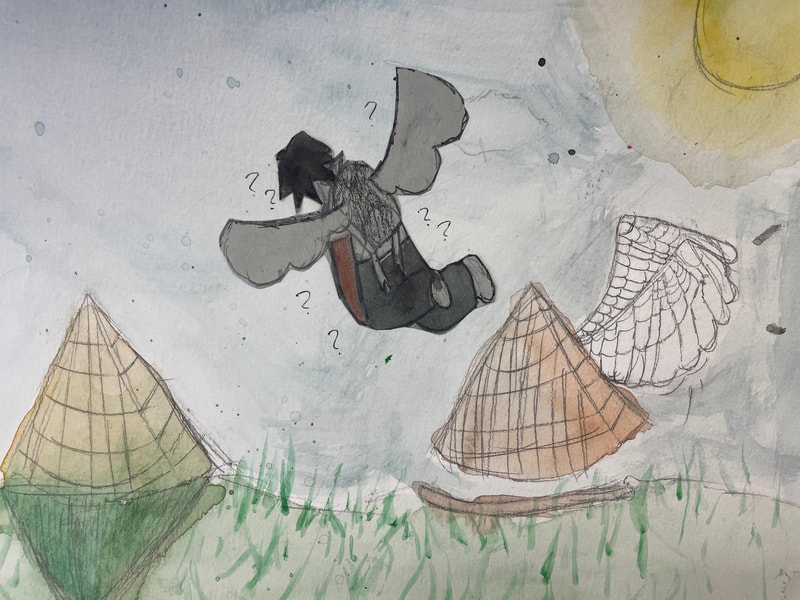
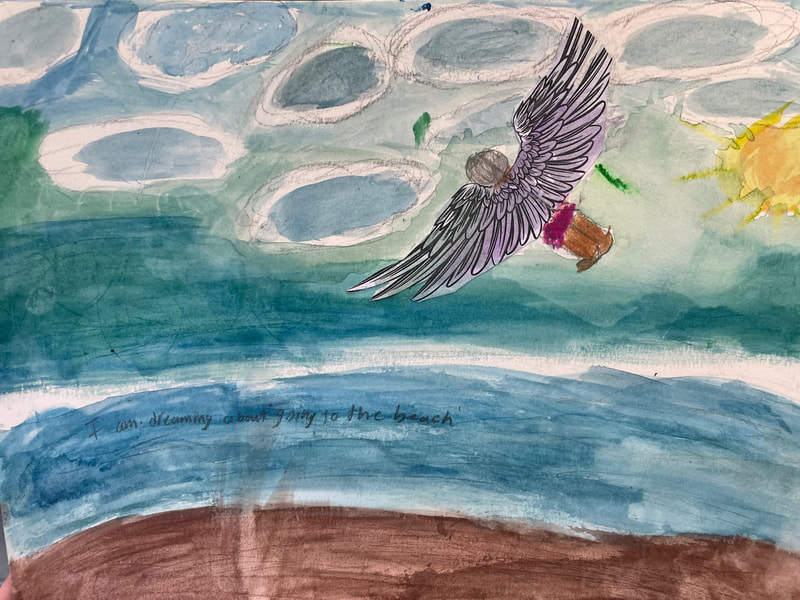

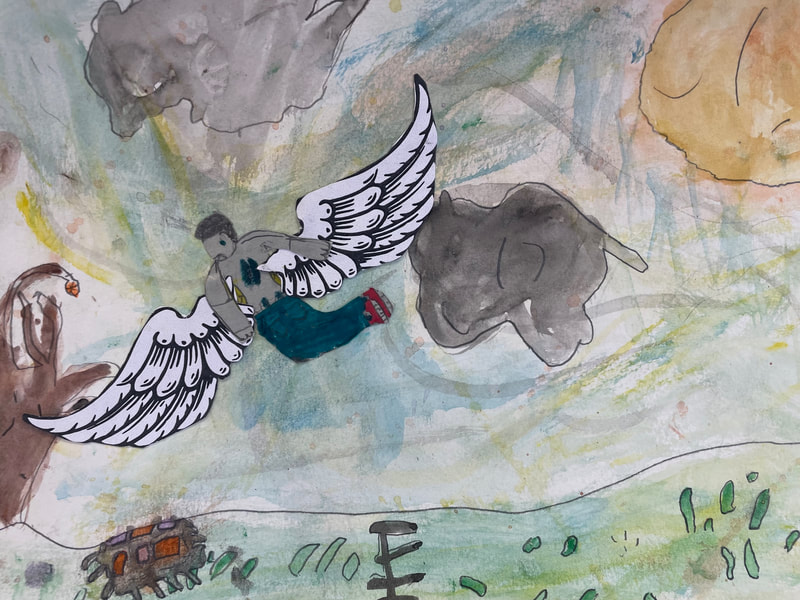
 RSS Feed
RSS Feed